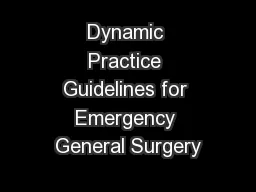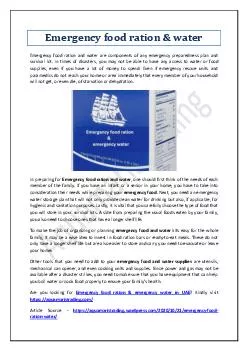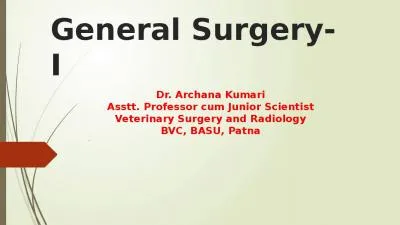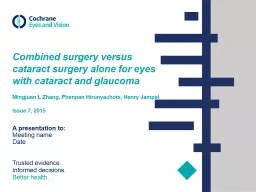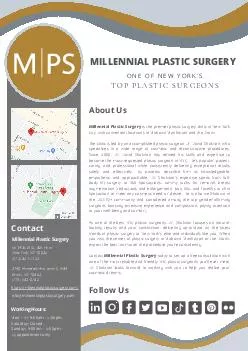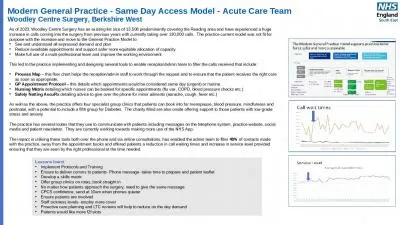PPT-Dynamic Practice Guidelines for Emergency General Surgery
Author : alexa-scheidler | Published Date : 2019-02-08
2018 Committee on Acute Care Surgery Canadian Association of General Surgeons DIAGNOSTIC IMAGING MODALITIES 4 Melissa Hanson MD and Jacinthe Lampron MD Committee
Presentation Embed Code
Download Presentation
Download Presentation The PPT/PDF document "Dynamic Practice Guidelines for Emergenc..." is the property of its rightful owner. Permission is granted to download and print the materials on this website for personal, non-commercial use only, and to display it on your personal computer provided you do not modify the materials and that you retain all copyright notices contained in the materials. By downloading content from our website, you accept the terms of this agreement.
Dynamic Practice Guidelines for Emergency General Surgery: Transcript
Download Rules Of Document
"Dynamic Practice Guidelines for Emergency General Surgery"The content belongs to its owner. You may download and print it for personal use, without modification, and keep all copyright notices. By downloading, you agree to these terms.
Related Documents

